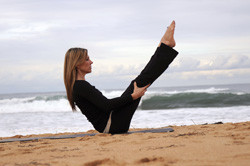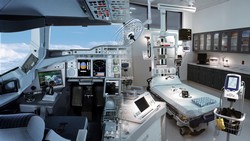Elucidating proprioception
Proper proprioception requires input to the brain from several sources such as receptors from skin and muscle as well as the visual, auditory and vestibular system. The brain then integrates these signals to generate accurate output signals for movement. Scientists of the 'Brain mechanisms of human limb movement sense' (BRAINPROP) project investigated the role of the primary motor cortex in the brain in mediating proprioception. BRAINPROP used both functional magnetic resonance imaging (fMRI) and transcranial magnetic stimulator (TMS) to elucidate how the brain processes proprioceptive information. TMS experiments on hand muscles showed differences in their proprioceptive representation in the motor cortex, suggesting that such representation is task and position dependent. A multi-voxel pattern analysis (MVPA) technique was used in fMRI experiments to collect information during motor cortex activation from passive hand movements. Unlike the normally used general linear model, MVPA successfully differentiated between activation patterns in the motor areas for the selected hand positions. This provided novel insight into motor cortex activity for hand position sensing during flexion and extension. Another interesting approach involved application of a cuff around the upper arm of participants to induce temporary paralysis of the forearm during fMRI experiments. Participants then used the paralysed hand to push with varying force. Imaging data revealed that despite lack of signals from the skin and muscle, motor signals were enough to activate proprioceptive representations in the motor cortex. Project outcomes have improved our understanding of how the brain processes proprioceptive signals to accurately sense position and generate movement. Such knowledge could prove invaluable in rehabilitation of patients after a stroke or in the use of prosthetics.







